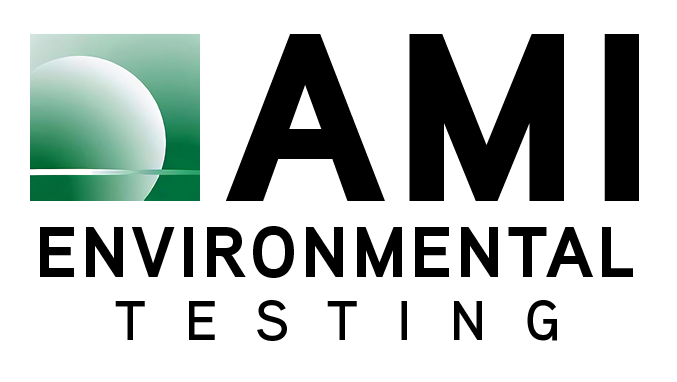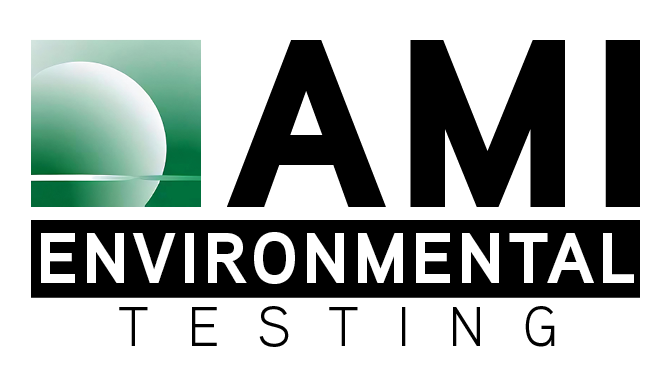In healthcare, a safe and sterile environment is paramount. Hospitals, in particular, demand rigorous protocols to maintain cleanliness and minimize the spread of pathogens. Traditional environmental monitoring methods often involve swabbing surfaces or air sampling. These techniques are reactive rather than proactive in ensuring a safe environment and may not provide real-time data or comprehensive coverage. However, a groundbreaking solution is emerging in the form of DNA-tagged Aerosol tracers, revolutionizing the way hospitals approach environmental quality control.
Imagine tiny particles dispersed throughout the hospital environment, each uniquely encoded with DNA sequences. These particles, known as Aerosol tracers, allow for precise tracking and monitoring of airflows and surface contamination. Unlike conventional methods, which may only detect contamination after it has occurred, DNA-tagged Aerosol tracers offer proactive surveillance, enabling healthcare facilities to identify potential risks before they escalate.
The versatility of DNA tagging provides an added layer of sophistication to environmental monitoring. Hospitals can differentiate between various tracer types, allowing for targeted monitoring. This level of specificity improves infection control strategies, enabling healthcare providers to tailor interventions based on real-time data insights.
Moreover, integrating DNA-tagged Aerosol tracers with tracking technologies allows for comprehensive mapping of airflow patterns and contamination hotspots within the hospital environment. Facilities can identify high-risk areas and implement interventions to avoid potential safety threats.
Integrating DNA-tagged Aerosol tracers into hospitals represents a paradigm shift in healthcare environmental quality control. By harnessing the power of molecular tagging and tracking technologies, healthcare facilities can enhance their ability to mitigate risks, ultimately safeguarding the health and well-being of patients and staff. Innovations like DNA-tagged Aerosol tracers offer a glimpse into a future where proactive indoor environmental quality measures redefine hospital hygiene standards.



